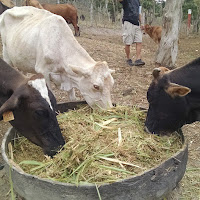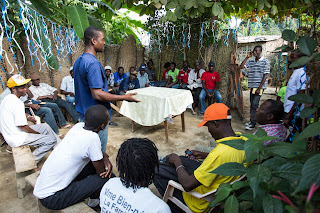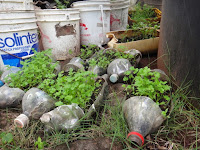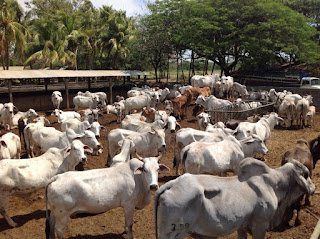Weathering the Winter: Cattle Nutrition in Nicaragua

This post is drawn from Ashley Conway's trip report about her recent Farmer-to-Farmer assignment in Nicaragua. This was Ashley’s first time in Nicaragua, and her first time participating in the Farmer-to-farmer program. After serving in the Peace Corps in Zambia as an agriculture extension volunteer, she was eager to combine her background in tropical livestock system production with her M.S. in animal science. With her thesis research specifically studying improving the utilization of low-quality forages with alternative energy supplementation, this program provided an invaluable opportunity to apply her education and experience in a valuable and productive manner. The purpose and objective of the visit was to provide nutritional technical assistance to producers to improve their operational resilience and production metrics. Over the course of the two weeks, the two volunteers conducted approximately 10 site/field visits to producers’ operations or plants. One afternoon worksh...




